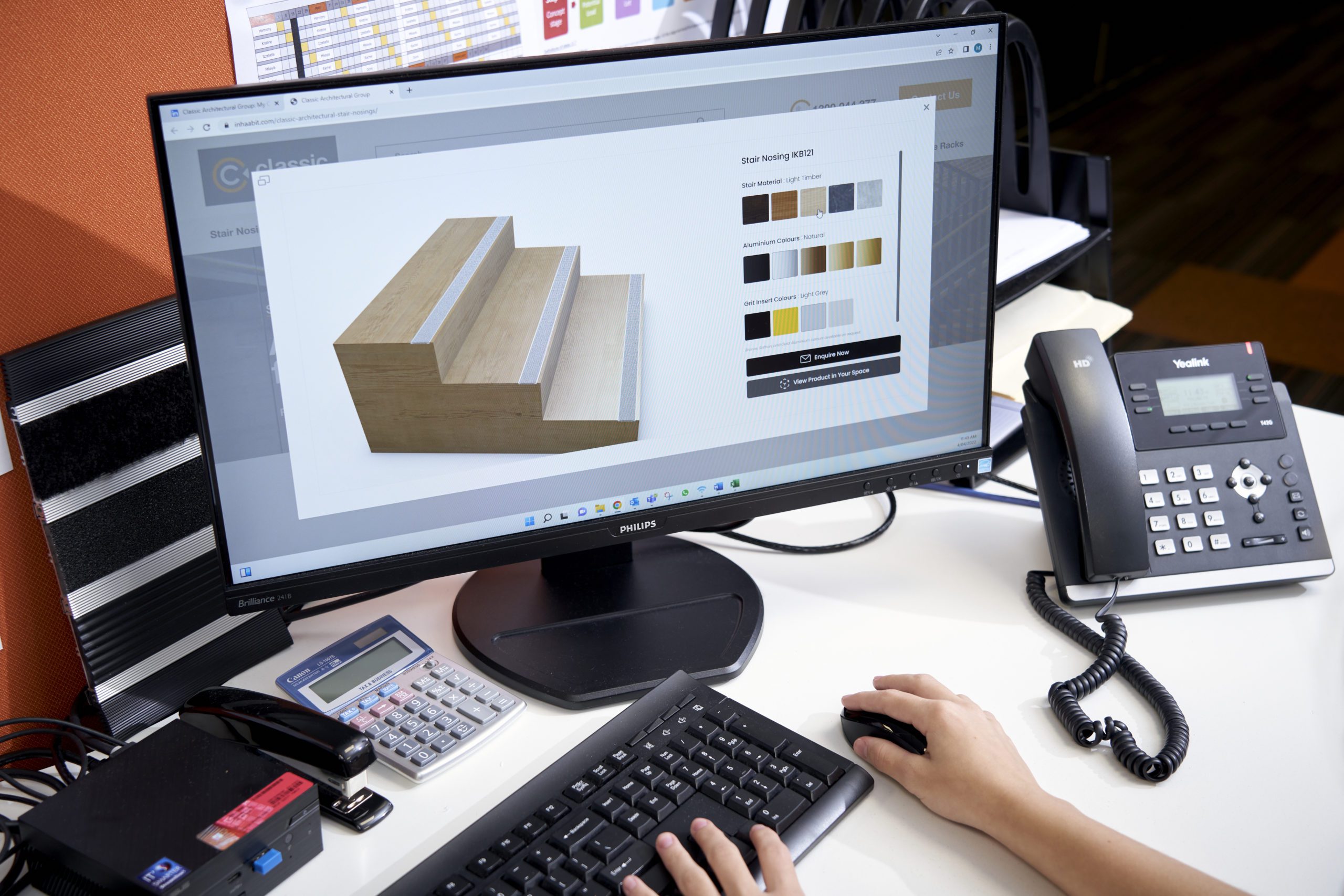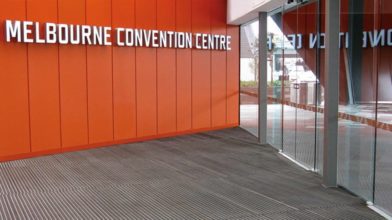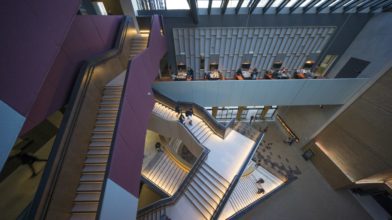Between 2006 and 2018, Melbourne welcomed more than 1 million new people, whilst Sydney added 800,000. With the population of Australia continuing to grow, it’s only natural that we are seeing more cars and congestion on the roads. In turn, we are witnessing a significant increase in both the size and number of car parking areas surrounding shopping centres, stadiums, office buildings and other public facilities. It is important that everyone is able to get to work and access essential public services with safety and confidence. With great design and ongoing education, drivers and pedestrians can exist harmoniously.
Car Park and Traffic Safety Risks
Car parks can be large or small, but they are always dynamic. Whilst they are low speed environments, danger is high due to multiple directions of travel, narrow spaces, obstructed vision (e.g. when reversing), large pylons, poor lighting and environmental distractions to name just a few. Drivers are more likely to be focusing on finding a spot or getting out of the car park, so pedestrians should remain vigilant of their surroundings and never assume that a driver has seen them.
Children, people with disabilities and those 65 and over are at the highest risk of accident in car parks, with the latter accounting for around 45% of all injuries. Many of these accidents are both predictable and preventable, and by adopting a few simple safety measures the safety of pedestrians can be significantly improved. We are all pedestrians at some point, and improved pedestrian safety brings with it significant health, social, economic and environmental benefits.
The World Health Organisation has identified the following risk factors for pedestrian traffic injury:
- Speed – collisions at 30 km/h or higher are more likely to result in serious injury or death
- Alcohol – around 7% of all road injuries in NSW are due to alcohol
- Lack of Pedestrian Facilities
- Inadequate Visibility of Pedestrians due to poor lighting or structural design
- Inadequate Enforcement of Traffic Laws
Addressing these issues requires a concerted effort on behalf of governments, communities, designers, engineers and architects. Education programs aimed at changing driver behaviour will certainly help, but attention to detail in the design of car parks and shared vehicle/pedestrian spaces is also needed.
Safety Products for Car Parks and Shared Vehicle/Pedestrian Spaces
Installing appropriate car park safety products reduce the incidence of accidents occurring as they help to improve driver awareness and keep pedestrians safe.
Bollards – When placed within car parks and shared vehicle/pedestrian spaces, bollards will clearly highlight pedestrian areas and prevent vehicles from passing, greatly reducing the risk of injury for pedestrians due to driver negligence or accidental loss of control. They are available in stainless steel and safety yellow, and you can opt for cast in, surface mount, padlock removable or removable bollards. In spaces with variable vehicle access (e.g. time of day) or a need for parking space protection, Fold Down Collapsible Steel Barriers are a great option.
Speed Humps – Speed humps assist in traffic calming by slowing the speed of vehicles. In car parks and shared vehicle spaces with one direction of travel, a one-way access speed hump will prevent access from any unauthorised direction. Made from heavy duty stainless steel and offered in high visibility colours, speed humps can drastically improve safety for all road users.
Wheel Stops – Wheel stops are a cost-effective safety product that should be installed in every car parking space. They provide drivers with an indication that they have reached the end of the parking space, which prevents damage to their vehicle, pedestrians walking between vehicles/alongside walls and your building.
Safety Mirrors – Many car parks have poor visibility which is a major cause of accidents. Indoor/Outdoor convex mirrors are particularly beneficial for multi-storey car parks with tight corners and obscured areas. They will provide a clear view of any oncoming vehicle/pedestrian traffic to keep everyone safe.
Signage – A critical element of road safety, car park signage can be custom made according to your needs. Speed limits, disabled parking, traffic rules, stop signs, no parking zones, pedestrian crossings, exits and more should all be clearly defined within your car park.
Improve your Car Park Today
As car parks around Australia continue to grow in size and number, so too will the need for improved safety protocols and thoughtful design processes. By implementing the above principles and installing high-quality safety products, the incidence of collisions can be significantly reduced. Whilst accidents may still occur, they will be less frequent and less likely to result in severe injury or death.
We hope this article has piqued your interest in the topic of road and car park safety. Classic offers a range of car park safety products to enhance the access for pedestrians to the car parks as well as to minimise the risk of damage to vehicles. For more information on products or car park safety, please contact the team at Classic today. We are more than happy to discuss this topic with you further and assist in finding the right safety solution for your shared vehicle/pedestrian space.






